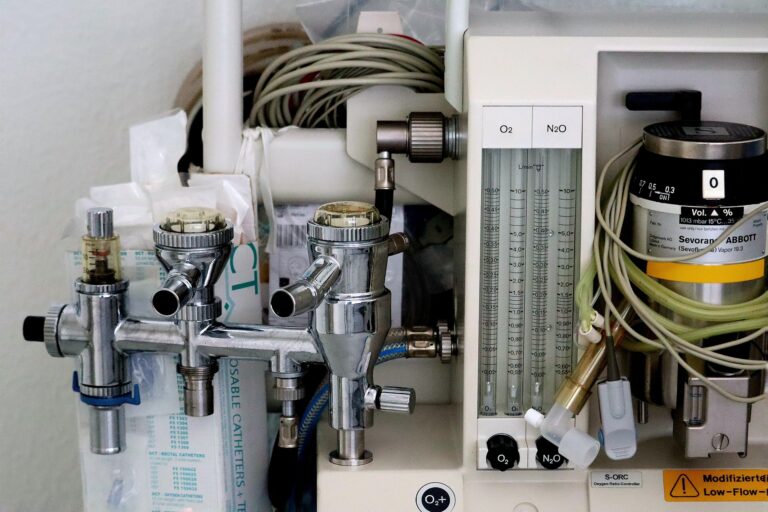Food Allergen Test Kits
Food allergens are proteins found in certain foods that can cause an immune response in people with allergies. Even small amounts of the allergen can trigger a reaction. The amount of allergen needed to cause an Immunoglobulin E (IgE)-mediated immune response can vary from person to person. Food Allergen Test kists are being used to validate the allergen cleaning. Further details of Food Allergen test kits are explained below.
After completing allergen sanitation on a food processing line, it is important to verify that no allergen residues remain. This can be done by using rapid food allergen test kits to test the line sanitation conditions.
Rapid Food Allergen Test Kits
The effectiveness of allergen cleaning procedures can be validated and regularly verified through the use of testing methods. Factors such as the type of food, processing techniques, cleaning methods, and storage conditions can impact the presence and detection of trace allergens.
Rapid food allergen test kits can be used to test raw materials before they are processed, as well as equipment and finished products at any stage of production. Keep in mind that there are a variety of commercially available allergen test kits, and each one may present results differently.
For example, a test kit for milk allergen could report results in terms of the amount of casein present, while another kit might report results in terms of the amount of total milk protein or whole milk. It is crucial to select a test kit that is capable of detecting the specific allergenic protein that causes an allergic reaction.
Factors to consider before selecting Food Allergen Test Kits
When selecting an allergen test kit, several other factors should also be considered, such as:
Quantitative Results – Allergen test results that provide exact numerical measurements of the amount of allergen present in a sample are considered quantitative results.
Semi-Quantitative Results – Allergen test results that approximate the quantity of a substance rather than providing an exact number are considered semi-quantitative results. These results are usually presented in a range.
Qualitative Results – Allergen test results that determine the presence or absence of a substance and indicate as “pass” or “fail”, “positive” or “negative” are considered qualitative results.
AOAC Certified Kits- Allergen test kits that have been certified by the Association of Analytical Communities (AOAC) have been evaluated and found to meet the performance claims made by the manufacturer, as outlined in the Certification Report, under the AOAC Research Institute’s Performance Tested Methods Program.
Analyte- The specific protein component of an allergen that is being analyzed.
LOD- The lowest level of a substance that can be accurately detected in a sample is called the limit of detection.

Enzyme-Linked Immunosorbent Assay (ELISA) Food Allergen Test Kits
The ELISA (Enzyme-linked immunosorbent assay) is a laboratory method that is primarily used in immunology to identify the existence of an antigen or an antibody in a sample. These tests are tailored to a specific allergenic protein and typically provide numerical results. While there are ELISA tests available for a variety of allergenic proteins, not all of them have corresponding ELISA tests. Few examples are as under
- Neogen Alert
- R-Biopharm AG Ridascreen
- Elution Technologies Coconut Allergen Test Kit
- R-Biopharm AG Ridascreen Fast
- Neogen Veratox
Lateral Flow/Immunochromatographic Strip (ICS) Test Kits
Lateral flow kits, also known as immunochromatographic strip (ICS) tests or strip tests, are employed for the qualitative or semi-quantitative detection of a variety of substances such as antigens, antibodies and amplification products of nucleic acid tests. These tests are utilized to identify specific allergenic proteins. Some examples are as under.
- Neogen Reveal 3-D
- Neogen Reveal
- R-Biopharm AG Lateral Flow
After cleaning and sanitation activity completion on food processing lines, it is important to ensure that no allergen residues remain. Using allergen testing kits is an effective way to check for residue. By following above mentioned guidelines, we can ensure the cleanliness of our lines.



